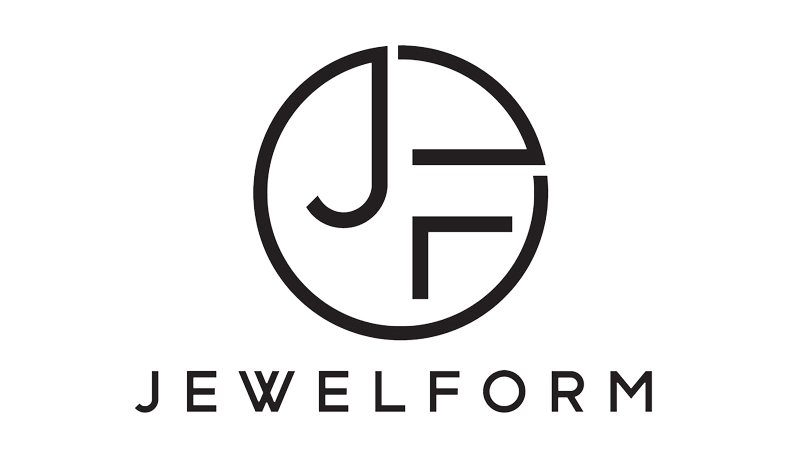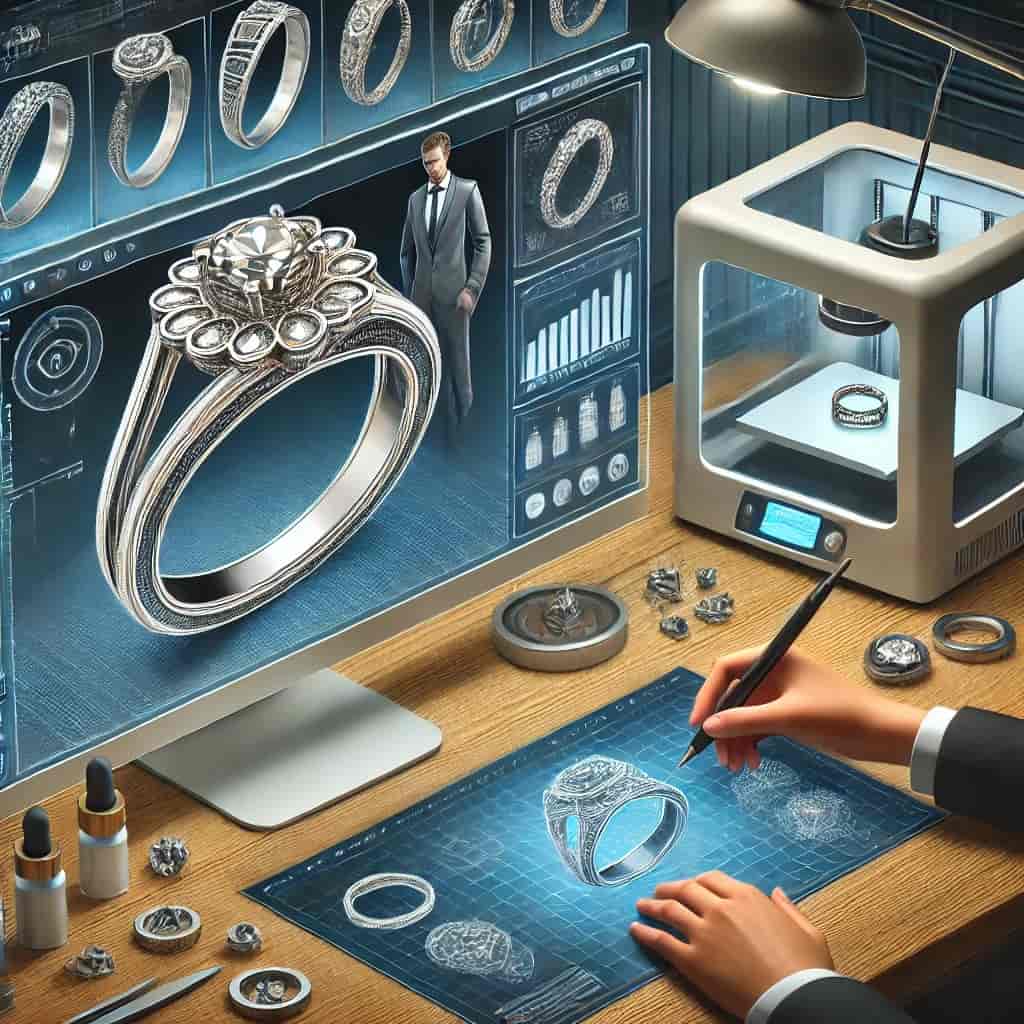For designers, manufacturers, and retailers, the dynamic world of jewelry design has made it a game changer to integrate different jewelry-specific software into a single system. By eliminating the need to manually combine technology and artistry, fusion provides precision and efficiency and prepares markets for the release. We’ll explore how differing software is redefining the jewelry industry.
Why is software integration so essential?
Jewelry is innovative and always customized. Carrying out the whole thing from a conceptualizing of intricate designs to scrutiny of the polished piece part demands a workflow that is totally seamless. But combining various standalone software used for design, prototyping, rendering, and manufacturing ends up generating silos and inefficiency. It integrates these gaps, thereby making certain that every stage of a workflow speaks coherently to the next.
Jewelry Design Key Software
1) CAD (Computer-Aided Design) Software: The ability exists for designers to create precise 3D models of jewelry with tools like RhinoGold, MatrixGold, JewelCAD, etc. The advanced tools of these software programs allow us to create patterns, textures, and customizations to a great extent.
2) Rendering Software: Once the design is ready, we use KeyShot or V-Ray rendering software, and rendered images become photorealistic. Presenting the design to clients and marketing the product online requires this, so make sure you’ve done it before you do.
3) CAM (Computer-Aided Manufacturing) Software: Next, the design is then confirmed using 3Design or ArtCAM CAM software that translates the 3D model into a format that can be 3D printed or CNC milled.
4) CRM (Customer Relationship Management) Software: Zoho or Salesforce-type tools can be utilized for the jewelry business for tracking orders, preferences of customers, and feedback.
Benefits of Integration
– Seamless Workflow: Integrated software means that there is no need to type the same thing twice or do the same task twice.
– Improved Accuracy: CAD and CAM are linked so that the exact translation of design specifications to manufacturing occurs.
– Enhanced Collaboration: A single platform that unifies teams across design, production, and sales helps everyone to communicate better.
– Client Satisfaction: The rendering and CRM working together enable clients to see and customize designs while staying ahead with timely updates.
– Scalability: Businesses become capable of adapting and growing, something they couldn’t previously do, through integrated solutions that handle the increased workflows easily.
Conclusion
Jewelry-specific software is integrating into the way that the industry operates. Jewelry professionals can combine CAD, CAM, rendering, ERP, and CRM tools to create exceptional designs with both efficiency and precision. This isn’t just about embracing integrations to be creative—they are the path to business success in such a competitive market.

